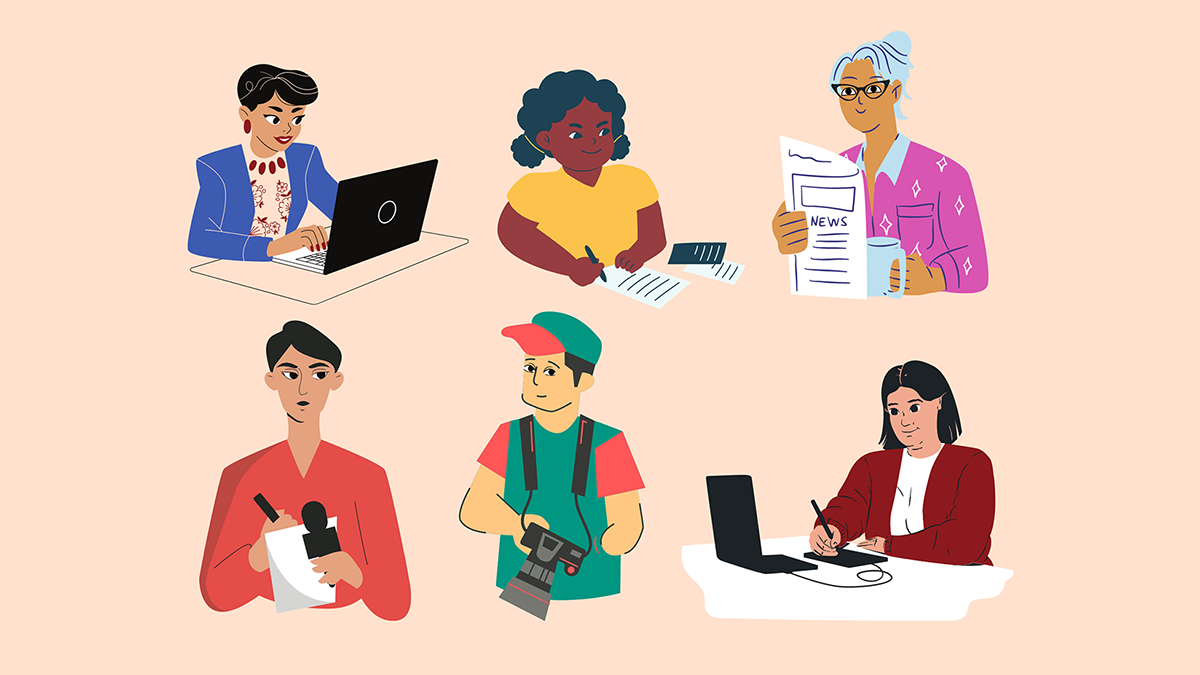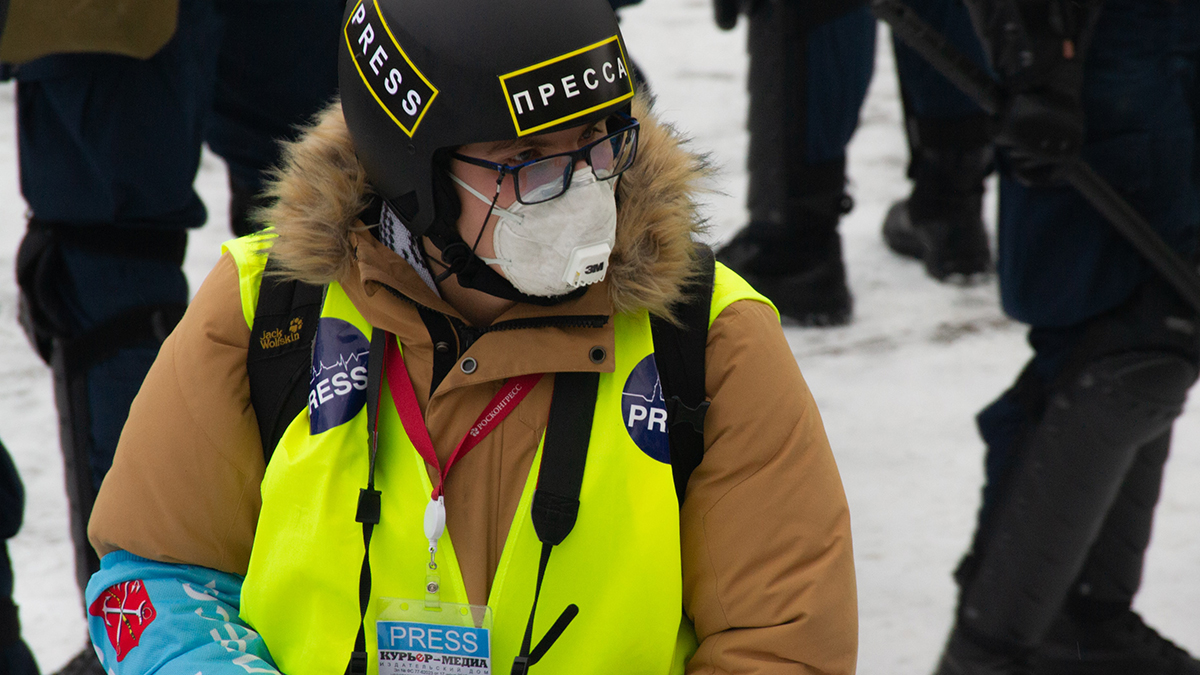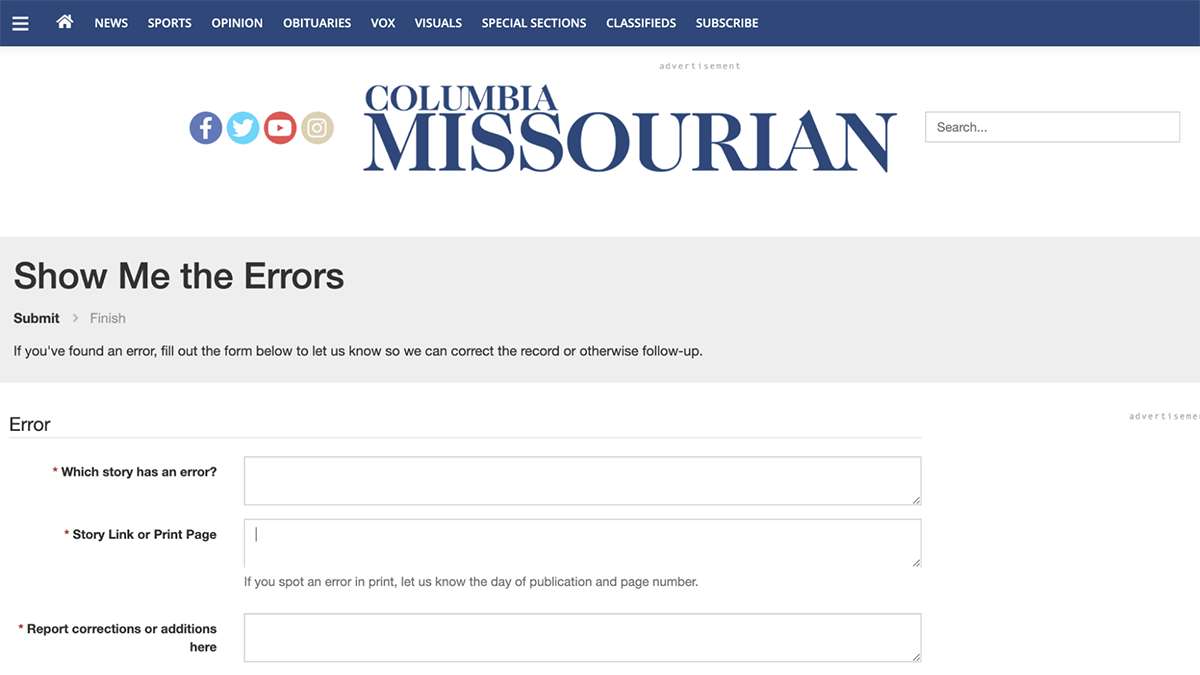
Best practices
Acknowledging the toll
Why we need trauma-informed safety training for journalists.
Succession planning is key to journalism’s sustainability
Digital news organizations need to prepare and plan for leadership transitions.
Newsrooms come together to tackle problem of digital news preservation
Leadership from each of the Missouri School of Journalism’s professional media outlets gathered together in a conference room in late April, no small feat for a group in charge of “feeding the beast” of news media day after day while also juggling teaching responsibilities at the School. The challenge that brought them together? Preservation and accessibility of digital news archives.
Expanding credit for journalists: looking beyond the byline
Changes to traditional workflows reflect the contributions of all folks in the newsroom.
News outlets and social media provide an avalanche of information during a crisis
How do you sift out the accurate from the inaccurate?
Three disability questions every editor should ask
Accessible editing practices elevate disabled voices, eliminates ableism and makes journalism more accurate.
Best practices for trauma-informed journalism
Experts and journalists provide tips to keep yourself and your sources safe.
Communicating corrections across multiple newsrooms
When content is shared, there needs to be a plan to quickly create corrections across all outlets.
It is imperative that we think about our writers’ physical, emotional and legal safety
Lessons from the Global Press Institute’s Duty of Care program.
Alt-text is journalism: Enhancing your reporting with accessibility
Learning to write alt-text can deepen your reporting and improve how you tell stories online.









